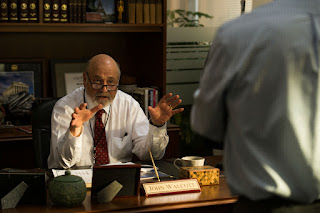Wells understood the power of the press. She saw firsthand how false narratives were used to justify racial violence, and she made it her mission to dismantle those lies. Her reporting was thorough, relentless, and unapologetically bold. When three of her friends were lynched in Memphis in 1892, she launched a full-scale investigation that led to her most famous work, Southern Horrors: Lynch Law in All Its Phases. She gathered the facts, confronted the myths, and exposed the systemic murder of Black men under false accusations. Her words shook the nation. They were meant to. Southern Horrors
But Wells wasn’t just a journalist—she was an activist who demanded change. She co-founded the NAACP, fought for women’s suffrage, and traveled internationally to spread awareness of racial violence in the U.S. She challenged white women’s exclusion of Black voices in the suffrage movement. She marched when others told her to stand back. She spoke when others tried to silence her. She wasn’t always embraced, even by fellow activists. She was deemed too radical, too loud, too unwilling to compromise. But that was exactly what made her powerful. Involvement in NAACPToday, Wells’ legacy lives on in investigative journalism and racial justice movements. Her courage set a precedent for truth-tellers who refuse to be silenced. Her work reminds us that journalism isn’t just about reporting—it’s about challenging power, exposing injustice, and demanding accountability. Her story is one of resilience, defiance, and unwavering truth. And in today’s world, her legacy feels more relevant than ever. Her Legacy





















